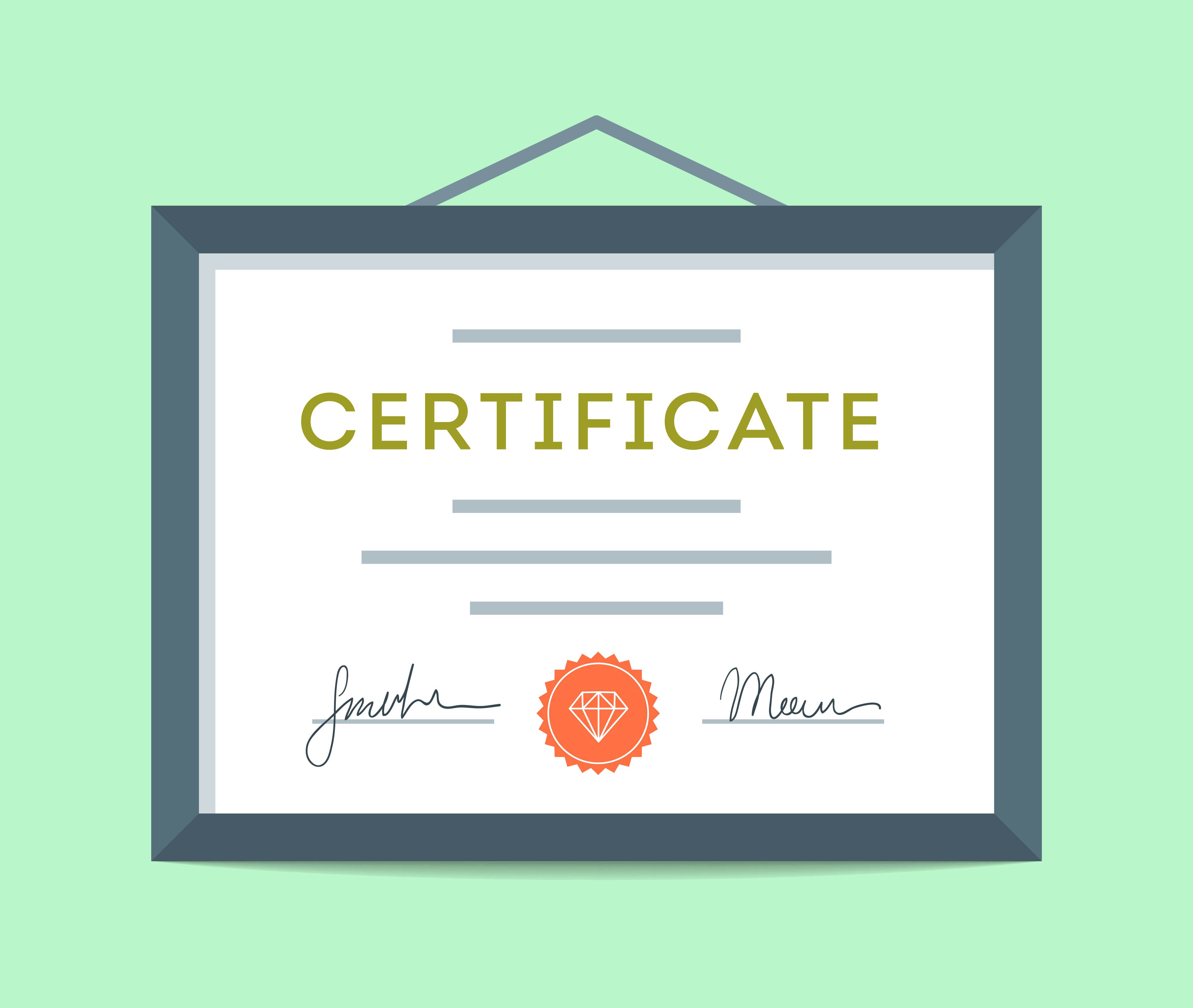 Muhammad Salah Eldeen is a newly minted Certified Management Accountant working as a Financial Controller in Cairo, Egypt. When faced with the options, he chose to pursue CMA certification over a master’s degree and other credentials. Here’s why and how he did it.
Muhammad Salah Eldeen is a newly minted Certified Management Accountant working as a Financial Controller in Cairo, Egypt. When faced with the options, he chose to pursue CMA certification over a master’s degree and other credentials. Here’s why and how he did it.
10 Years of Experience
When most people consider pursuing their master’s degree, they’re often not very far — only a few years, usually — removed from completing their undergraduate degree. That wasn’t the case for Muhammad, who already had more than 10 years of professional experience under his belt when he started to consider his next career options.
With his experience and age, going back to school for two to four years, coupled with working, would be a daunting task and without clear immediate results.
He began looking at other options for advancement, including the CPA and CIA credentials, respectively.
“I did some research and compared well-known credentials and decided that CMA is the most suitable certificate based on the content and on my future career plan,” he says. “Specifically because it fits working in corporations and it focuses on management accounting and budgeting, planning and reporting, which are my favorite areas.
How He Passed
Like most CMA candidates, Muhammad found Part 2 of the exam to be the more daunting of the two parts. “Part 2 of course is more broad and challenging and questions could be trickier and the exam was a real difficult challenge for me,” he says.
Even so, he was able score better on Part 2 in June 2016 than he did on Part 1 in May 2015.
He did so by studying with UWorld and following a very basic study strategy that amounts to “figure out what you don’t know first.”
Here’s what Muhammad did (and recommends):
Step 1: Read through a summarized outline for a topic in the course.
Step 2: Then take all the practice questions for this subtopic in “study mode” within the QBank. You should thoroughly review the answers and their commentary, as this will make up the backbone of your study program.
Step 3: Use this diagnostic assessment to figure out which parts you struggle in and which you don’t.
Step 4: Now go back and focus your study efforts on those areas.
Step 5: After completing all the course content for a part, go through the final practice. You should do a focused review of 50 multiple-choice questions (MCQ) for each session and 10 questions for each section (e.g. external financial reporting, budgeting, etc.)
Muhammed is adamant that MCQ and QBank review are the best ways to prepare for the exam and he found that this study method allowed him to keep the material fresh in his mind on exam day.
What’s Next?
Now that’s he’s passed both parts of the CMA exam and earned his CMA certification officially, Muhammad is eager to move ahead with his career.
Next up: Adding to his credentials “by focusing on how to master the team leading and managerial skills” while also exploring additional credentials that add to his skill set. He still has no plans to return to university.
Best of luck in the future, Muhammad, and thanks for sharing your study strategy with us.
Try the UWorld CMA Review Trial – Free for 7 Days
Start your 7-day free trial now to drill on CMA exam questions and take diagnostic assessments, just like Muhammed did.

